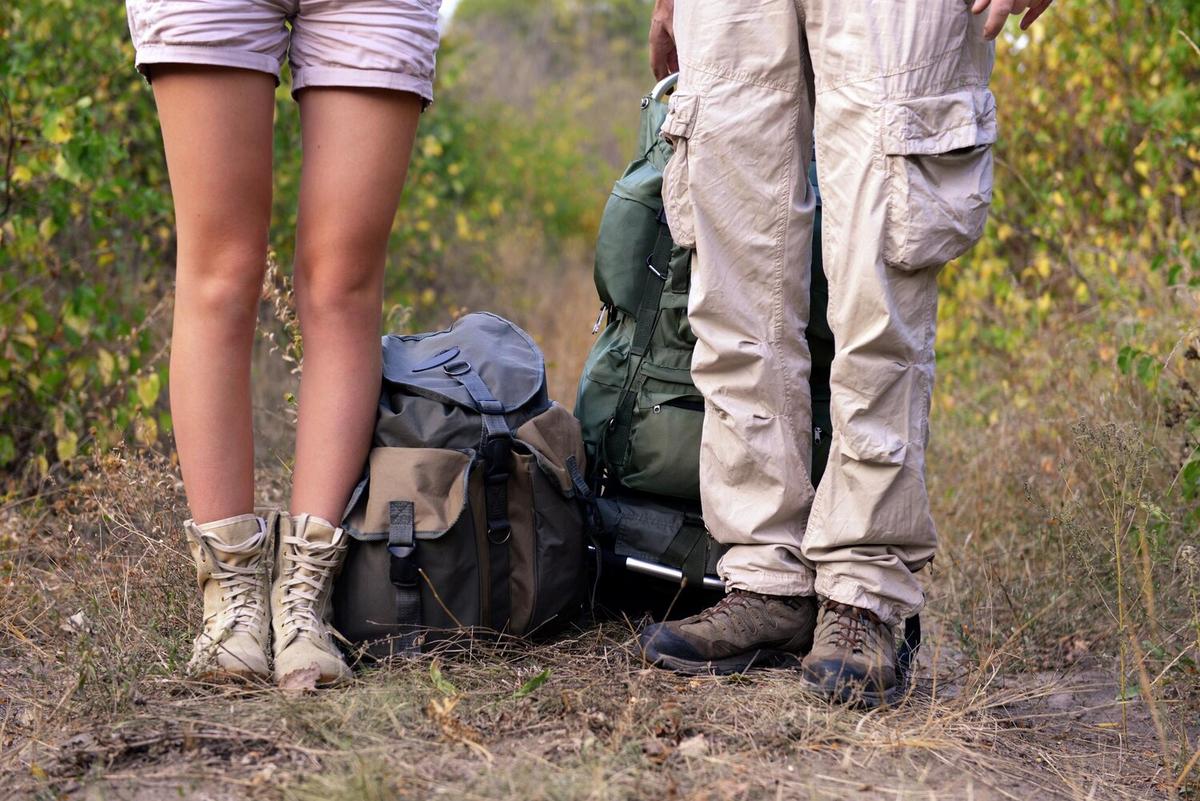
Ultimate packing list for wildlife watching on foot: be perfectly prepared
Embarking on a wildlife watching adventure on foot can be one of the most thrilling and rewarding experiences for nature enthusiasts. However, to ensure that your journey is both enjoyable and safe, it’s crucial to be well-prepared. This ultimate packing list will help you get ready for your wildlife watching expedition, so you can focus on the beauty and wonder of the natural world around you.
Essential Gear for Wildlife Watching
When it comes to wildlife watching, having the right gear is essential. Here’s a breakdown of what you should pack:
| Item | Purpose |
|---|---|
| Binoculars | To get a closer look at distant wildlife |
| Camera | To capture stunning photos of animals and landscapes |
| Field Guide | To identify different species |
| Notebook and Pen | To jot down observations and notes |
| Backpack | To carry all your essentials comfortably |
| Water Bottle | To stay hydrated |
| Snacks | To keep your energy levels up |
| First Aid Kit | For any minor injuries or emergencies |
Clothing and Footwear
Choosing the right clothing and footwear can make a significant difference in your comfort and safety:
- Layered Clothing: Wear layers to adjust to changing weather conditions.
- Sturdy Hiking Boots: Ensure they are comfortable and provide good support.
- Hat and Sunglasses: Protect yourself from the sun.
- Rain Gear: Be prepared for unexpected showers.
Expert Opinions
According to wildlife expert Dr. Emily Davis, “Being prepared with the right gear not only enhances your experience but also ensures that you minimize your impact on the environment.” This advice underscores the importance of preparation and respect for nature.
Research Findings
A study by the Wildlife Conservation Society found that visitors who were well-prepared with the right equipment and knowledge had a more fulfilling experience and were more likely to engage in conservation efforts.
Personal Anecdotes
On a recent trip to Yellowstone, I realized the importance of a good pair of binoculars. Watching a family of bears from a safe distance was an unforgettable experience that would not have been possible without them.
Actionable Tips
Here are some actionable tips to enhance your wildlife watching experience:
- Research the area you are visiting to know what wildlife to expect.
- Practice using your gear before the trip.
- Stay quiet and move slowly to avoid startling animals.
- Respect wildlife and maintain a safe distance.
- Leave no trace: carry out all your rubbish.
FAQs
Frequently Asked Questions
What should I do if I encounter a dangerous animal?
Stay calm, back away slowly, and avoid making sudden movements. Do not run.
How can I avoid getting lost?
Always carry a map and compass, and familiarize yourself with the area beforehand.
Do I need a permit for wildlife watching?
It depends on the location. Check with local authorities before your trip.
What’s the best time of day for wildlife watching?
Early morning and late afternoon are typically the best times to see animals.
Conclusion
Being well-prepared for your wildlife watching adventure ensures that you can fully enjoy the experience while staying safe and respecting the environment. Remember to pack essential gear, choose appropriate clothing, and follow expert advice. Happy wildlife watching!


